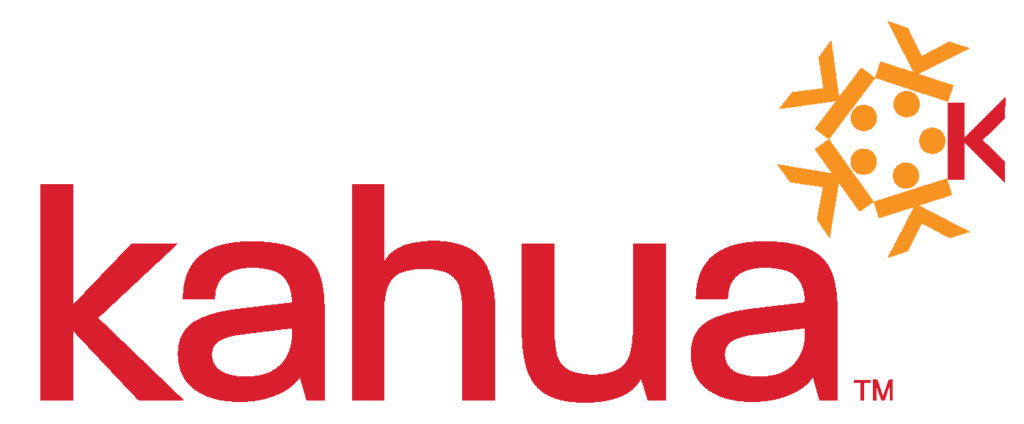A Comprehensive Guide to Construction Project Controls
Every day, modern construction organizations juggle budget, timeline, and scope to reduce risks as much as possible.
Many organizations use project controls software and processes, an evolution of older earned value management (EVM) theories, to manage everyday jobsite factors that can quickly change projections.
However, construction project controls differ from traditional project management tools and processes because they use multiple factors to judge project success rather than just task completion.
This guide covers the components, challenges, software, and benefits of construction project controls so you can implement them in your organization’s next project.
Read on to learn:
- What Are Construction Project Controls?
- Key Components of Construction Project Controls
- Common Challenges in Construction Project Controls
- Best Practices for Effective Project Controls
- Construction Project Controls Software: What to Look For
- How Project Controls Drive Value for Owners
- Taking Control of Construction Projects with Kahua
- FAQ: Construction Project Controls
What Are Construction Project Controls?
Construction project controls are a defined set of processes for gathering and analyzing risk, cost, scope, and schedule data to stay in control of a project. This data is collected within a central location and builds a projection of project outcomes based on past patterns, which guides project decisions.
Traditional project management focuses on the completion of tasks — the scope and schedule — while finance and other departments manage cost and risk.
Because construction project controls track how the four factors interact, it can provide a clearer prediction of the construction project’s lifecycle. That clear prediction becomes a leading indicator for project managers and allows them to adjust accordingly to keep the project on time, within scope, under budget, and low-risk.
Key Components of Construction Project Controls
Construction project controls depend on consistent tracking against performance metrics. This means establishing a baseline for the project that allows for controlled changes and detailed performance measurement.
In other words, proper project controls start before the project does and continue to evolve as things progress.
- Planning & Scheduling: Project planning consists of outlining the tasks to be done and aligning resources. When integrating costs and resources with the planned schedule, you create the budgeted cost of work scheduled—aligning funding with planned tasks.
- Cost Management: Builds upon the planned alignment of cost with schedule by adding forecasting, monitoring, and controlling changes. These complex calculations require robust construction planning software that can help the team foresee upcoming risks and react appropriately.
- Risk Management: When risks to the project are identified and assessed, the team can plan mitigation strategies. Forecasting through cost management and careful scheduling brings potential risks into focus, while defined plans to mitigate them based on experience and past patterns should be included from the start.
- Performance Measurement: Construction project controls use EVM, cost performance index (CPI), schedule performance index (SPI), and key performance indicators (KPIs) to guide understanding of project performance. These metrics help evaluate actual costs and earned value against the original plan, driving informed decisions based on variances.
- Change Control: Construction project controls establish restrictions and approval processes to ensure proposed additions or alterations stay within the original scope. A combination of approvals and active solution modeling within forecasting software helps manage scope creep.
Common Challenges in Construction Project Controls
Construction project controls seek to organize the construction project and track, analyze, forecast, and react to changing conditions in the worksite. These complex tasks bring challenges.
Although with the right planning, the team can identify and sidestep those challenges before they affect the project. Organizations should look out for these challenges in particular:
- Budget Overruns: Construction projects often exceed initial budgets without strong controls, which require construction cost control strategies backed by clear insight into project performance, scheduling, and potential risks.
- Scope Creep: Successful construction projects encompass thousands of individual decisions, and unmanaged or unapproved changes add time and cost: employees must be paid for unexpected downtime, logistics may need re-routing, and further schedules could be thrown off.
- Data Silos and Manual Processes: Organizations that work between several different software applications and require manual processes to approve work or send invoices increase their risk of delays or missed payments.
- Compliance Complexity: Owners need audit-ready data to prove accountability. Financial records, environmental data, sustainability efforts, and workforce records should all be organized by project so compliance and reporting are easy.
- Communication Breakdowns: Multiple stakeholders often fall out of sync when they use separate software, dashboards, or even versions of the same project plans to guide work. Bring all stakeholders together in a unified project view where the latest data, changes, approvals requests, and progress toward KPIs work together.
Best Practices for Effective Project Controls
While every project and construction portfolio is different, some best practices will guide your team when they build their project controls:
- Establish Baselines Early: Define clear scope, cost, and schedule benchmarks early in the planning process to reduce confusion later. While you can revise baselines when new data comes in, consider using past experience or industry standards to define initial KPIs.
- Adopt Integrated Software: Replace spreadsheets with systems that connect data and teams. Look for solutions that bring all stakeholders together around a single source of truth to maximize insights and improve clarity.
- Track KPIs Continuously: Within the construction progress tracking dashboards, monitor CPI, SPI, and variance to spot problems early. Discuss potential risks and solutions as they develop in real time for fast turnaround.
- Strengthen Collaboration: Stakeholders from across all teams should share real-time updates and approvals as they happen by logging them in the software. Use notifications and public updates to flag concerns.
- Plan for Change: Build in processes like approvals, forecasting, dashboard reviews, and risk assessment protocols to manage scope creep and risk adjustments. Have a process in place before a change is needed, and be open to updates required by the work.
When building project controls into your software, be sure to integrate feedback from internal stakeholders about how projects normally proceed and any historical knowledge that might impact scheduling, costs, scope, or risk.
Construction Project Controls Software: What to Look For
As your team looks for the best project controls software, make a list of your must-have features and capabilities. The features of the construction project controls software must serve all involved departments, enable data sharing and approvals, and enhance collaboration.
Features owners should prioritize include:
- Real-time dashboards
- Cost and fund management
- Document and submittal workflows
- Configurable processes
- Collaboration across teams
In addition, the construction project controls software should successfully do more with less. Look for solutions built for scalability and integrations with vital internal software.
How Project Controls Drive Value for Owners
An owner’s job exists in the balance between risk, budget, schedule, and scope. Construction project controls stabilize the variances between those factors and make outliers visible.
By surfacing potential risks, delays, or irregular task completions, projects benefit from improved predictability and reduced risk. When work runs on time, owners benefit from cost savings and better forecasting. When all paperwork and records live in a central location, compliance and accountability improve.
And when schedule, budget, audit logs, and analytics sync up, where collaborators can all view the same information, stakeholder trust grows. The benefits provided by a construction project controls solution connect the whole team around trust and security
Taking Control of Construction Projects With Kahua
Construction project controls make a huge impact on data organization, which in turn improves cost, compliance, and lifecycle value for projects. These tools make risks, delays, and budget irregularities visible and actionable, where spreadsheets and paper receipts obscure them.
Enhance your construction program management with data that gets results.
See how Kahua helps owners and program managers implement construction project controls with confidence.
FAQ: Construction Project Controls
What Is Project Control in Construction?
Project control in construction is the process and software that integrates cost, schedule, scope, and risk to ensure projects are delivered on time, on budget, and aligned with goals.
By managing data related to cost, schedule, scope, and risk, the project stakeholders can communicate better and forecast smarter to pre-empt delays and bypass risk.
What Is the Difference Between Project Controls and Project Management?
Project management is the processes and software that manage discrete tasks within a construction project, while project controls integrate supply and work receipts, approvals, schedule, logistics, and risk assessment elements to expand understanding of the full project scope.
What Is the Best Project Controls Software?
The best project controls software will differ for every organization’s particular needs, but features to prioritize in a construction project controls software are similar to those found in Kahua’s cloud-native, asset-centric construction management platform:
- Real-time dashboards
- Cost and fund management
- Document and submittal workflows
- Configurable processes
- Collaboration across teams


